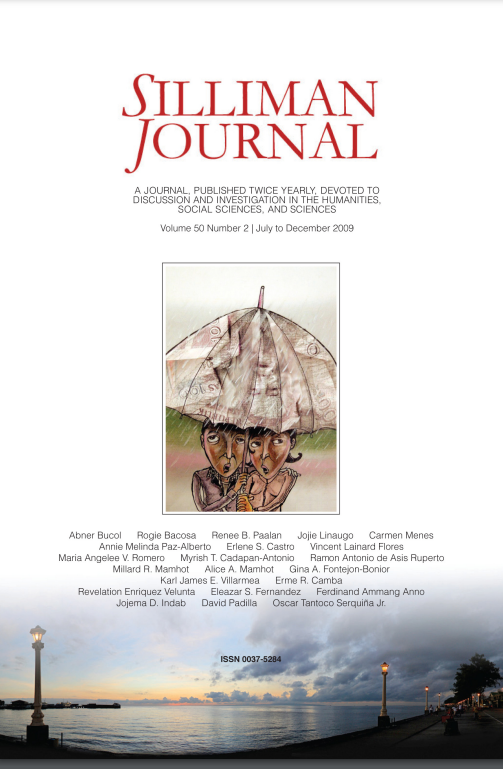Endemic, Indigenous, and Introduced Species in the Freshwater Ecosystems of Nueva Ecija and Pampanga: Status, Diversity, and Impacts
Keywords:
diversity, endemic species, freshwater ecosystems, indigenous species, introduced speciesAbstract
This study was conducted to determine the diversity of endemic, indigenous, and introduced species and to identify the sources and the level of impacts of environmental degradation in the freshwater ecosystems of Nueva Ecija and Pampanga provinces, Philippines. Five freshwater ecosystems in Nueva Ecija were chosen as study areas, and the survey was done in the Pampanga Main rivers and in Candaba Swamp. In each study area in Nueva Ecija, three designated stations were used and in each station ten quadrats measuring 10m by 12m were randomly chosen while ten stations per study area were chosen in Pampanga. Survey, collection, identification, description, classification and observation as well as listing of organisms were conducted. Assessment of the environmental disturbances affecting the freshwater ecosystems of Nueva Ecija and Pampanga was also done to survey the sources and level of impacts of environmental degradation of the freshwater ecosystems. Ten indigenous species, one endemic species and 16 introduced species were identified in the different freshwater ecosystems of Nueva Ecija. There were 10 indigenous species, one endemic species and 12 introduced species identified in Candaba Swamp and Pampanga River in Pampanga. There are 18 indigenous species, 1 endemic species and 22 introduced species present in the freshwater ecosystems of Nueva Ecija and Pampanga. The introduced species are more abundant and richer compared to the endemic and indigenous species. Based on the
assessment done regarding the sources and levels of impacts of environmental degradation of the freshwater ecosystems in Nueva Ecija, major impacts were contributed by animal and solid wastes, biological pollution, recreational development and establishment of the hydroelectric power plant. Some identified sources of environmental degradation in the freshwater ecosystems of Pampanga are pollution, encroachment, conversion to agricultural purposes and siltation with moderate impacts.
This study has relevant implication to the status of freshwater ecosystems because proliferation of the introduced species may lead to endemic/indigenous species displacement and extinction as well as loss of biodiversity in the freshwater ecosystems.


